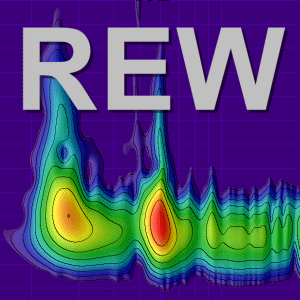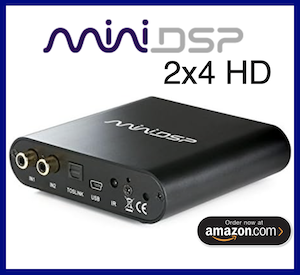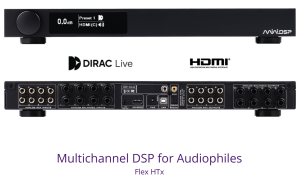texbychoice
New Member
Thread Starter
- Joined
- Sep 21, 2020
- Posts
- 9
More
- Preamp, Processor or Receiver
- C-21
- Main Amp
- M505
Have been working with REW and UMIK-1 mic for about a month. Think recent results are more accurate, but unsure. My listening room is roughly 10 x 12 with a sloped ceiling. Windows along one wall. Room treatment is needed, but not likely as it is multiple use room. Near, far, listening position all yield quite different results, so thinking due to the room. Recently did listening position test and went through the EQ process. Adjusted my Yamaha equalizer as close to the recommended EQ as possible. Sound was horrible, thin, no depth, and imaging non-existent. Adjusted the EQ by ear and back to great sound.
Read multiple tips, guides, suggestions for REW and UMIK-1 setup and measurement process. Is it even possible to get meaningful measurements in that room?
Read multiple tips, guides, suggestions for REW and UMIK-1 setup and measurement process. Is it even possible to get meaningful measurements in that room?












